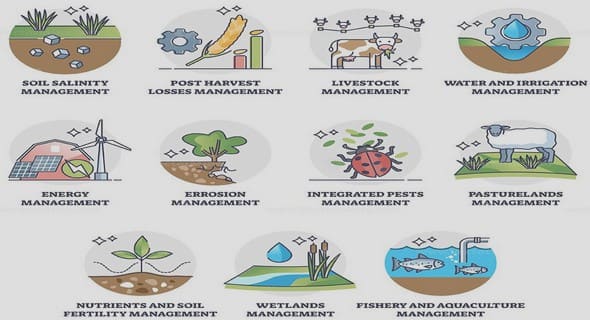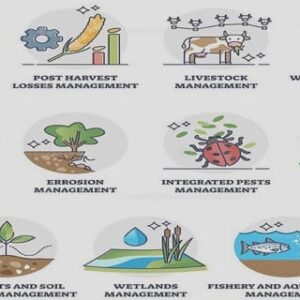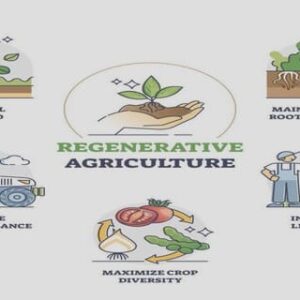(Downloads - 0)
For more info about our services contact : help@bestpfe.com
Table of contents
Chapter 1 Introduction
1.1 The grapevine fruit development and ripening
1.1.1 Sugars accumulation during berry development and maturation
1.1.2 Anthocyanins biosynthesis
1.1.3 Organic acids metabolism during berry development and ripening
1.1.4 Amino acid accumulation
1.1.5 ABA accumulation
1.2 Climate change and viticulture
1.2.1 The impact of climate change on berry metabolism
1.2.2 Adaption strategies to climate change-induced berry composition alterations .
1.3 Interplay between sugar, accumulation, anthocyanins biosynthesis and ABA signalling
1.3.1 Sugars as metabolites and signalling molecules for anthocyanins synthesis
1.3.2 Abscisic acid induction of anthocyanins biosynthesis
1.3.3 Crosstalk between abscisic acid and sugar signalling in anthocyanins biosynthesis induction
1.4 Objectives of this work
Chapter 2 Differential response of the accumulation of primary and secondary metabolites to leaf-to-fruit ratio and exogenous abscisic acid
2.1 Introduction
2.2 Materials and Methods
2.2.1 Plant material treatments and sampling
2.2.2 L/F Measurement
2.2.3 Berry processing
2.2.4 Sugars, organic acids and free amino acids analysis
2.2.5 Anthocyanins analysis
2.2.6 ABA and ABA metabolites analysis
2.2.7 Data statistical analysis
2.3 Results
2.3.1 Leaf-to-fruit ratio treatments validation
2.3.2 Berry metabolite concentrations upon various leaf-to-fruit ratio treatments .
2.4 Discussion
2.4.1 Manipulation of L/F decoupled sugar and anthocyanins at harvest
2.4.2 Effects of L/F manipulation on organic acids and free amino acids at harvest
2.4.3 Effect of exogenous ABA application
2.5 Conclusions
2.6 References
Chapter 3 Mechanistic exploration on the regulation of anthocyanins and sugar accumulation by carbon source limitation and exogenous ABA application
3.1 Introduction
3.2 Materials and methods
3.2.1 Plant material and sampling
3.2.2 Leaf area measurement
3.2.3 Berry biochemical composition
3.3 Results
3.3.1 Leaf area evolution
3.3.2 Metabolite accumulations in berries
3.3.3 ABA and its catabolism products in berries
3.3.4 Gene expression patterns in berries
3.4 Discussion
3.4.1 Source limitation resulted in the reduction of sugar and anthocyanins concentrations through differential gene expression
3.4.2 Exogenous ABA application partially restore the decoupling sugar and anthocyanins under source limitation via differential expression of the associated genes and altered endogenous ABA
3.4.3 The relative effects of carbon limitation and whole-vine transpiration on berry sugar and anthocyanins
3.5 References
Chapter 4 The roles of sugar and ABA in inducing anthocyanin synthesis at véraison in grape berries cultured in vitro
4.1 Introduction
4.2 Materials and methods
4.2.1 Berry in vitro culture, treatments and sampling
4.2.2 Sugars, organic acids and free amino acids analysis
4.2.3 Anthocyanins analysis
4.2.4 ABA and ABA metabolites analysis
4.2.5 Data statistical analysis
4.3 Result and discussion
4.3.1 Effect of NAG and DGH hexokinase inhibitors combined with different concentrations of glucose on berry composition
4.3.2 The relationship of sugar accumulation and ABA on the induction of anthocyanins accumulation
4.3.3 The effect of HXK inhibitors and exogenous ABA on berry ABA and its catabolism products
4.4 Conclusion
Chapter 5 General discussion
5.1 A decrease in ABA concentration in berry caused by reducing leaf-to-fruit ratio could be the reason for the unbalanced decrease in sugar and anthocyanins
5.2 Sugar and ABA interaction in regulating anthocyanin synthesis in berries
Chapter 6 Conclusion and prospective
Chapter 7 General bibliography



